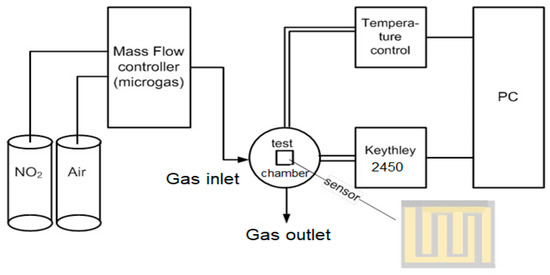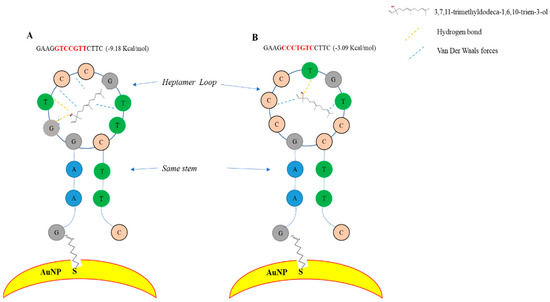Recent Advances in Multifunctional Sensing Technology for Gas Analysis
A topical collection in Chemosensors (ISSN 2227-9040). This collection belongs to the section "Applied Chemical Sensors".
Viewed by 131061Editor
Interests: gas sensors; electronic noses; chemical analytical methods by SPME/GC-MS; multifunctional sensor systems for gas analysis; chemical sensing devices with low power sensor interface
Topical Collection Information
Dear Colleagues,
This Topical Collection is addressed to the main advances and new directions in gas-sensing devices aiming to collect the most relevant works concerning such challenging topic. Gas Sensors and Multifunctional Gas Sensing Systems that are expected to improve the quality of human life by applying them to achieve specific purposes in various areas of daily life.
Stimulated by the multiple applications of gas sensors, research in this field is constantly evolving, based on advances in the synthesis and deposition of new gas-sensitive nanomaterials. Moreover, innovative technological solutions offered by micro and nanotechnology provide novel functional microfabricated platforms for sensors arrays and the integration of sensing elements. Such advances open up opportunities for the development of a wide range of gas-sensing devices based on different sensing principles and with improved properties (high detectivity, specificity, low power consumption, multifunctionality, and miniaturized size).
Major interests driving the gas sensors market across the world are environment monitoring, air quality analysis, food industry, industrial processing, automotive and aerospace industries, healthcare, breath analysis and volatilomics as early diagnostics in medicine and human biomonitoring. A large growth of the gas sensors market in the coming years will result from IoT applications, such as smart cities, smart homes, smartphones, and wearable devices.
This Topical Collection of the journal Chemosensors aims to cover various aspects of gas sensors and their applications, such as (but not limited to) the preparation/deposition/characterization of gas-sensing materials, the development of MEMS/NEMS platforms for the integration of gas sensing and nanomaterials, gas-sensing principles, electronic noses, analytical chemistry methods, electronic interfaces for chemical sensors, the development of devices for actual applications.
We invite all researchers working on gas sensors to submit their original research studies to this Topical Collection. Both review articles and original research papers are welcomed.
Potential topics include but are not limited to:
- Nanomaterials with gas-sensing properties
- Low-dimensional nanostructures
- Gas-sensing principles
- Micro/nano-fabrication
- Sensor array development
- Electronic noses
- Electronics for chemical device
- Data analysis and pattern recognition
- Applications
Dr. Simonetta Capone
Collection Editor
Manuscript Submission Information
Manuscripts should be submitted online at www.mdpi.com by registering and logging in to this website. Once you are registered, click here to go to the submission form. Manuscripts can be submitted until the deadline. All submissions that pass pre-check are peer-reviewed. Accepted papers will be published continuously in the journal (as soon as accepted) and will be listed together on the collection website. Research articles, review articles as well as short communications are invited. For planned papers, a title and short abstract (about 250 words) can be sent to the Editorial Office for assessment.
Submitted manuscripts should not have been published previously, nor be under consideration for publication elsewhere (except conference proceedings papers). All manuscripts are thoroughly refereed through a single-blind peer-review process. A guide for authors and other relevant information for submission of manuscripts is available on the Instructions for Authors page. Chemosensors is an international peer-reviewed open access monthly journal published by MDPI.
Please visit the Instructions for Authors page before submitting a manuscript. The Article Processing Charge (APC) for publication in this open access journal is 2000 CHF (Swiss Francs). Submitted papers should be well formatted and use good English. Authors may use MDPI's English editing service prior to publication or during author revisions.







































